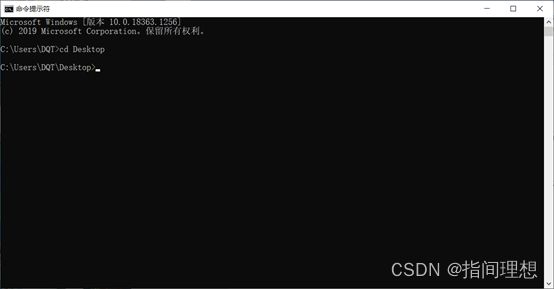基于哈夫曼编码的文件压缩
…当初上数据结构课程的时候写的程序,忘了发了。现在记不清一些细节上的东西了。决定就只把代码贴上来了,心得什么的已经没了,比如踩过的坑什么的…
代码里也有一些关键注释。
先上代码
#include具体思路就是利用哈夫曼算法,将文件以字节为单位,统计频率后重新编码,并将编码头写入压缩文件中,以达到压缩文件的目的,解压文件时先取出编码头中的哈夫曼树,再逐位取出压缩文件中二进制数,通过哈夫曼树解压出对应字符,写入解压文件中,以此实现解压操作。
测试情况:
(一) 程序概况:
大小:269 KB (275,816 字节);
占用空间:272 KB (278,528 字节);
(二) 压缩阈值:
512字节;(当需要压缩的文件大小小于512字节时压缩后的文件大小会大于源文件,某些情况下压缩后的文件大小可能会大于源文件,文件越小,压缩效果越差)
(三) 文件压缩情况:
- 小型文件(1):
- 源文件大小:4.62 MB (4,851,392 字节);
- 占用空间:4.62 MB (4,853,760 字节);
- 文件格式:exe;
- 耗时:小于1s;(解压耗时相当)
- 压缩后的文件大小:3.35 MB (3,517,957 字节),
占用空间:3.35 MB (3,518,464 字节); - 压缩率72.5%;
- 解压后文件大小及占用空间情况与源文件一致,并且能够正常使用
- 小型文件(2):
- 源文件大小:102 KB (104,982 字节)
- 占用空间:104 KB (106,496 字节);
- 文件格式:jpg;
- 耗时:小于1s;(解压耗时相当)
- 压缩后的文件大小:102 KB (105,374 字节),
占用空间:104 KB (106,496 字节); - 压缩率100.4%;
- 解压后文件大小及占用空间情况与源文件一致,并且能够正常使用
- 小型文件(3):
- 源文件大小:1.34 KB (1,377 字节);
- 占用空间:4.00 KB (4,096 字节);
- 文件格式:txt;
- 耗时:小于1s;(解压耗时相当)
- 压缩后的文件大小:1.53 KB (1,570 字节),
占用空间:4.00 KB (4,096 字节); - 压缩率114.0%;
- 解压后文件大小及占用空间情况与源文件一致,并且能够正常使用
- 大型文件1:
1)源文件大小:2.60 GB (2,794,231,987 字节);
- 占用空间:2.60 GB (2,794,233,856 字节);
- 文件格式:mp4;
- 耗时:约4分7秒;(解压耗时6分40s)
- 压缩后的文件大小:1.13 GB (1,223,179,223 字节)、占用空间:1.13 GB (1,223,180,288 字节);
- 压缩率43.5%;
- 解压后文件大小及占用空间情况与源文件一致,并且能够正常使用;
(四) 问题分析:
程序压缩以及解压大型文件时耗时较久,并且,由于存有512字节的编码信息,小型文件在压缩后的文件大小极有可能超过源文件,压缩、解压过程中CPU占用率较高,约20%,操作大型文件内存占用较大。
程序使用说明:
使用方法:




